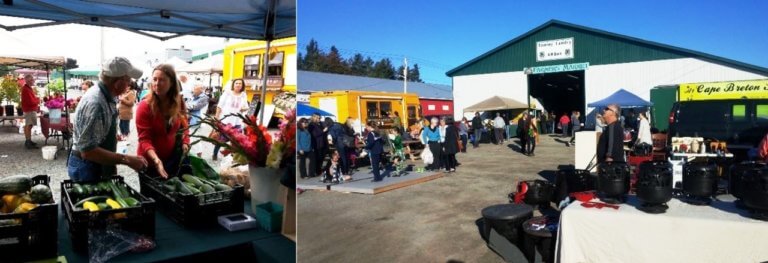New Visa Application Centres open in Asia-Pacific, the Americas, Europe and Africa
The Voice of Canada News:
Canada is expanding its biometrics collection program and is now taking steps to prepare for December 31, 2018, when nationals from countries in Asia, Asia Pacific and the Americas will need to give their biometrics (fingerprints and a photo) when applying for a visitor visa, study or work permit, or for permanent residence.
Collecting biometrics provides many benefits: It stops those who pose a risk to the safety and security of Canadians, while also helping officials better manage applicants’ identities, facilitating application processing, and simplifying entry for travellers with legitimate identities.
As most applicants need to give their biometrics before they come to Canada, the Government of Canada is expanding its worldwide network of Visa Application Centres (VACs) to make services more accessible to a wider audience. Today, new VACs have opened in the following locations:
In Asia Pacific: Bali, Indonesia; Melbourne, Australia;
In the Americas: Mendoza, Argentina; Porto Alegre and Recife, Brazil; Cali, Colombia; Santiago, Chile; and Bridgetown, Barbados;
In Europe: Lyon, France; and Vienna, Austria.
Canada has successfully rolled out of the first phase of biometrics expansion for nationals from countries in Europe, Africa and the Middle East, who have been required to give their biometrics since July 31, 2018. Since this first phase of biometric expansion, Canada also opened the following VACs:
Athens, Greece; Kigali, Rwanda; Stockholm, Sweden; Berlin, Germany; and Tel Aviv, Israel. Some of these VACs replace the temporary biometrics collection service locations that were opened in Europe to support the first phase of biometrics expansion.
By December 31, 2018, there will be 152 VACs in 103 countries, including a new VAC in Antananarivo, Madagascar, and Cape Town, South Africa. More VAC openings will be announced at a later date.
The Government of Canada will closely monitor the impact of the biometrics collection requirement to ensure that the level of service available meets the needs of applicants.
To make it as convenient as possible to give biometrics, Canada is allowing applicants to go to any VAC in any country they are legally allowed to enter, or, if already legally in the United States, to one of 135 U.S. Application Support Centers.
Canada is also increasing capacity at existing VACs, including the 12 VACs in China, 10 in India and 2 in the Philippines, to ensure they continue to meet the needs of biometrically-required applicants.
The Government of Canada takes its privacy obligations very seriously, and safeguards have been built into policies, procedures and technical systems. These policies are based on the best practices of international partners who are increasingly relying on biometrics.
Quotes
“Biometrics are recognized as one of the most reliable ways to identify people and are used by more than 70 countries for immigration screening. As we prepare to roll out the next phase of biometrics expansion, which will affect our largest volume of applicants, we will continue to work closely with other governments, partners and stakeholders to ensure as smooth a transition as possible.”
– Ahmed Hussen, Minister of Immigration, Refugees and Citizenship
Quick facts
VACs are privately owned, third-party service providers located around the world that are authorized to provide Immigration, Refugees and Citizenship Canada (IRCC) visa applicants with specific administrative support.
VACs offer support to applicants before, during and after their temporary resident application is assessed by an IRCC officer. VAC service agents can be reached by phone and email, or in person, to answer questions in local languages. VACs are also authorized to collect biometrics from applicants.
In order to better serve the needs of clients in countries in Asia, Asia Pacific and the Americas, applicants will need to make an appointment to give their biometrics at a local VAC. Appointments will be available within 5 business days from the date the request is made. This will allow applicants to select a time that is most convenient for them and reduce the wait time at the VAC.
Some exemptions to biometrics expansion include:
Canadian citizens, citizenship applicants (including passport applicants), or existing permanent residents
Visa-exempt nationals coming to Canada as tourists;
Persons under 14 years old and over 79 years old (there is no upper age exemption for asylum claimants);
U.S. nationals making an application for a work, study or temporary resident permit;
Cabinet ministers and accredited diplomats of other countries and the United Nations, coming to Canada on official business; and Heads of state and Heads of Government, regardless of purpose of travel.




